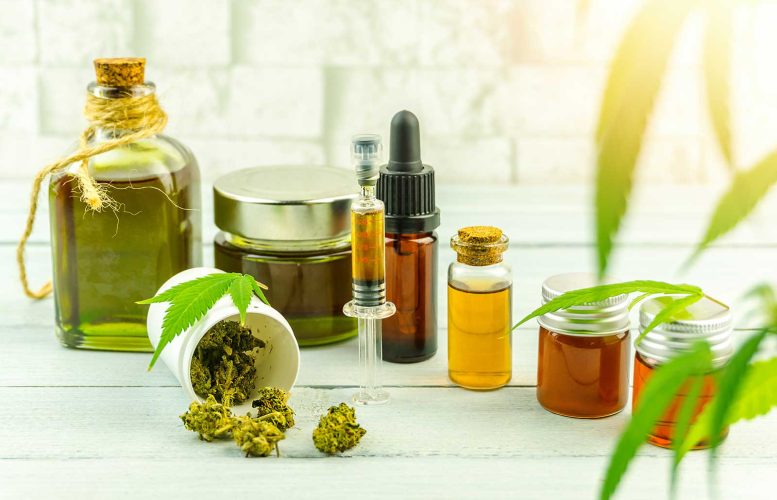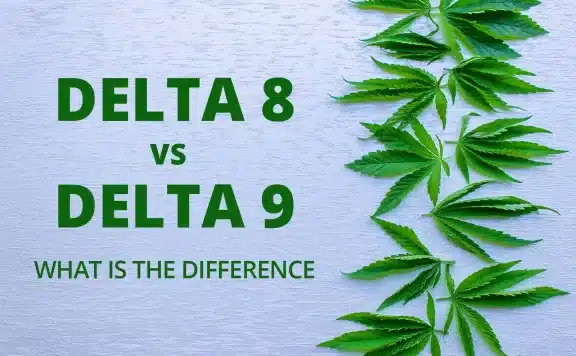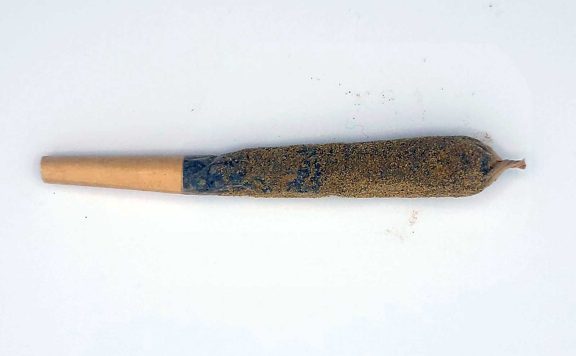With the legalization of cannabis in many states and countries, the market for cannabis products has grown exponentially. The most popular cannabis products include dried flower, concentrates, edibles, topicals, and tinctures. Each of these product types offers unique benefits and methods of use, making it important for consumers to understand the differences.
In Your Guide to Different Cannabis Product Types, we’ll take a closer look at each product type and discuss their uses, benefits, and potential risks.
Dried flower
Dried flower, also known as buds or nugs, is the most traditional form of cannabis consumption. It is simply the dried and cured flowers of the cannabis plant, which can be smoked or vaporized to release the active compounds, such as THC and CBD. Dried flower offers a wide range of potential benefits and effects, and it is the most popular form of cannabis consumption. Plus, you can find a variety of strains, each with its own unique combination of terpenes and cannabinoids, which can affect the smell, taste, and effects of the product.
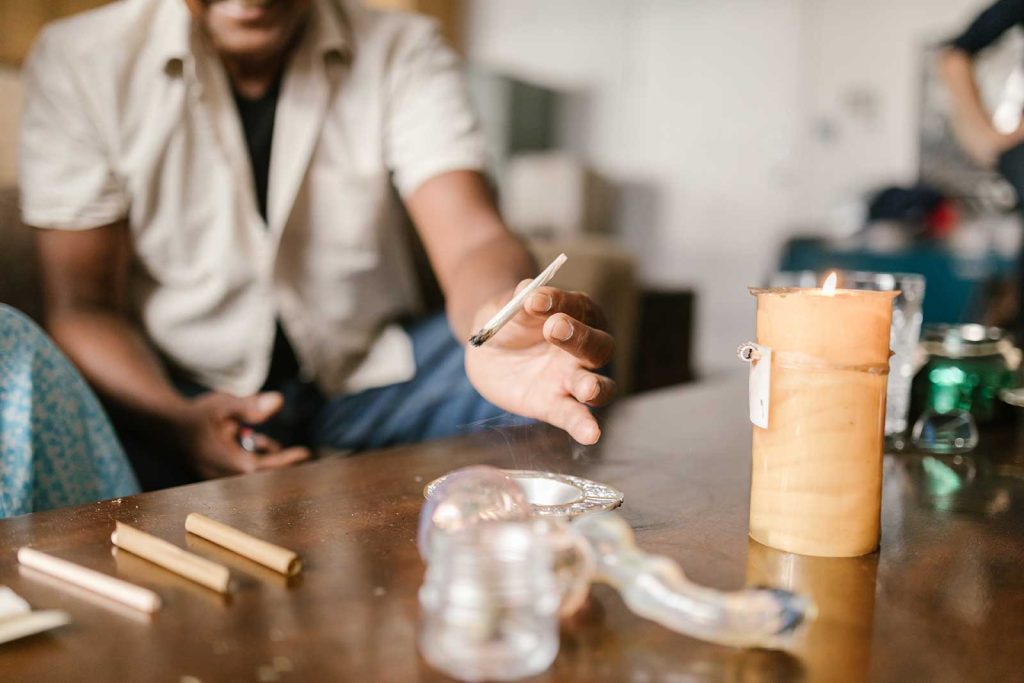
How to consume
The most traditional method of consuming dried flower is by smoking. This can be done using a pipe, bong, or rolling papers to make a joint or a spliff. In more recent years Vaporizers have become popular as they are devices which heats up the cannabis to a temperature that is high enough to release the active compounds, but not high enough to cause combustion. This creates vapor, which is inhaled by the user and is considered to be a healthier alternative to smoking because it eliminates the harmful smoke and chemicals associated with combustion.
Pros of smoking flower
Here are some of the pros of smoking dried flower:
- Quick onset of effects: Smoking dried flower allows the active compounds to be absorbed quickly into the bloodstream through the lungs, providing near-instant effects.
- Variety of strains: Dried flower is available in a wide variety of strains, each with its own unique combination of terpenes and cannabinoids, which can affect the smell, taste, and effects of the product. This allows users to choose a strain that best suits their needs and preferences.
- Cost-effective: Dried flower is typically one of the most cost-effective ways to consume cannabis.
Cons of smoking flower
Here are some of the cons of smoking dried flower:
- Health risks: Smoking dried flower can be harmful to the lungs and respiratory system, as it involves inhaling smoke and combustion byproducts. This can cause irritation and damage to the lungs and increase the risk of lung infections and chronic bronchitis.
- Secondhand smoke: It can also expose others to secondhand smoke, which can be harmful to their health.
- Odor: The smell of smoking dried flower can be strong and persistent, which can be a problem for people who want to keep their cannabis use private.
- Accessories required: Requires certain accessories such as rolling papers, a pipe, or a bong which can be an added expense, and may not be readily available in all areas.
Concentrated extracts
Cannabis concentrates, also known as extracts, are highly concentrated forms of cannabis that have had most of the plant material removed, leaving behind a potent mixture of cannabinoids and terpenes. They are made by extracting the active compounds from the cannabis plant using various methods such as solvent-based extraction or CO2 extraction. They come in many different forms, such as oil, wax, shatter, and live resin, and are known for their high THC content and intense effects. Generally these are more potent than dried flower, and typically used by more experienced cannabis consumers who are looking for a stronger and more immediate effect.

How to consume
Vaporizing is the most common and preferred method of consuming different cannabis concentrates. This can be done using a vaporizer specifically designed for concentrates, such as a dab rig, e-nail, or a vape pen (like those from Stone Smiths). Some concentrates can be smoked using a pipe or a bong, but this method can produce harmful smoke and chemicals associated with combustion.
Pros of concentrates
Here are some of the pros of using cannabis concentrates:
- Potency: Cannabis concentrates are highly concentrated and can have a much higher THC content than dried flower, which can provide a stronger and more immediate effect.
- Variety of forms: Cannabis concentrates come in a variety of forms, such as oil, wax, shatter, and live resin products, which allows users to choose the form that best suits their needs and preferences.
- Discreet: Some forms of cannabis concentrates like vape pens and oil can be consumed discreetly, which can be beneficial for people who want to keep their cannabis use private.
- Long-lasting effects: The effects of cannabis concentrates can last longer than dried flower, which can be beneficial for people who need longer-lasting relief.
- Less plant material: Cannabis concentrates have had most of the plant material removed, which can make them more palatable for people who dislike the taste of dried flower.
Cons of concentrates
Here are some of the cons of using cannabis concentrates:
- Health risks: Consuming cannabis concentrates can be harmful to the lungs and respiratory system, particularly when smoked or vaporized. This can cause irritation and damage to the lungs and increase the risk of lung infections and chronic bronchitis.
- High THC content: Cannabis concentrates have a much higher THC content than dried flower, which can increase the risk of negative side effects such as anxiety, paranoia, and panic attacks.
- Cost: Cannabis concentrates can be more expensive than dried flower, which can be a deterrent for some users.
- Accessories required: Consuming cannabis concentrates requires certain accessories such as a dab rig, e-nail, or a vape pen which can be an added expense, and may not be readily available in all areas.
Edibles
Cannabis edibles are food and drink products that have been infused with THC or CBD. They can be made with cannabis-infused butter, oil, or with cannabis concentrates. These come in a wide variety of forms, such as baked goods, candies, gummies, chocolates, and drinks. This is a different method of consuming cannabis, as the effects are delivered through the digestive system, rather than through the lungs. Edibles are known for their long-lasting effects and can provide a more relaxed, body-focused high. However, the onset of effects can take longer than other methods of consumption, usually around 30 minutes to 2 hours, and it can be difficult to control the dosage.
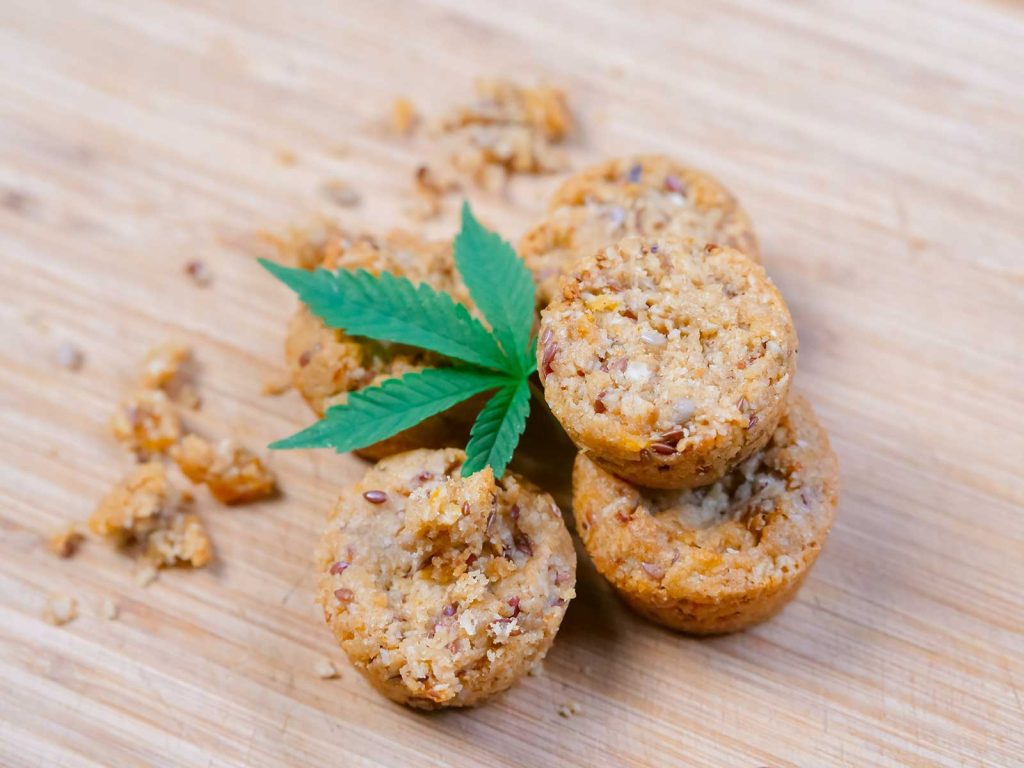
How to consume
Users consume cannabis edibles by simply eating or drinking them. They can be consumed in a variety of forms, such as:
- Baked goods: Cannabis can be infused into baked goods such as brownies, cookies, and cakes.
- Candies: Cannabis can be infused into candy such as gummies and chocolates.
- Drinks: Cannabis can be infused into drinks such as teas, coffees, and sodas.
Pros of edibles
Here are some of the pros of consuming cannabis through edibles:
- Long-lasting effects: The effects of cannabis edibles can last longer than other methods of consumption, which can be beneficial for people who need longer-lasting relief.
- Discreet: Edibles can be consumed discreetly, which can be beneficial for people who want to keep their cannabis use private.
- Variety of forms: Cannabis edibles come in a variety of forms, such as baked goods, candy, gummies, chocolates, and drinks, which allows users to choose the form that best suits their needs and preferences.
- Customizable dosage: Edibles allow users to choose the dosage of cannabis they want to consume, which is beneficial for people who need to control the amount of THC or CBD they are consuming.
- Convenient: Edibles are easy to consume and easy to store, which makes them a convenient option for people on the go.
- No lung irritation: Consuming cannabis through edibles eliminates the risks of lung irritation and lung damage associated with smoking or vaporizing cannabis.
Cons of edibles
Here are some of the cons of consuming cannabis through edibles:
- Slow onset: The effects of cannabis edibles can take longer to start working than other methods of consumption, which can make it difficult to control the dosage.
- Risk of over-consumption: Edibles can have a delayed onset of effects, so it’s easy for a user to eat more than intended, leading to over-consumption and negative side effects.
- Risk of accidental consumption: Edibles can be confused with non-cannabis-infused food and drinks, which can lead to accidental consumption by children or pets.
Tinctures
Cannabis tinctures are liquid extracts made by steeping cannabis in alcohol or another solvent. They can be taken sublingually (under the tongue) or added to food or drinks. Tinctures offer a convenient and discreet method of consuming cannabis, as they are easy to consume and do not produce smoke or odor. They also allow for more precise dosing than other methods of consumption, as the amount of cannabis in a tincture can be easily measured. They are also useful for people who cannot smoke or vaporize cannabis, such as people with lung conditions.
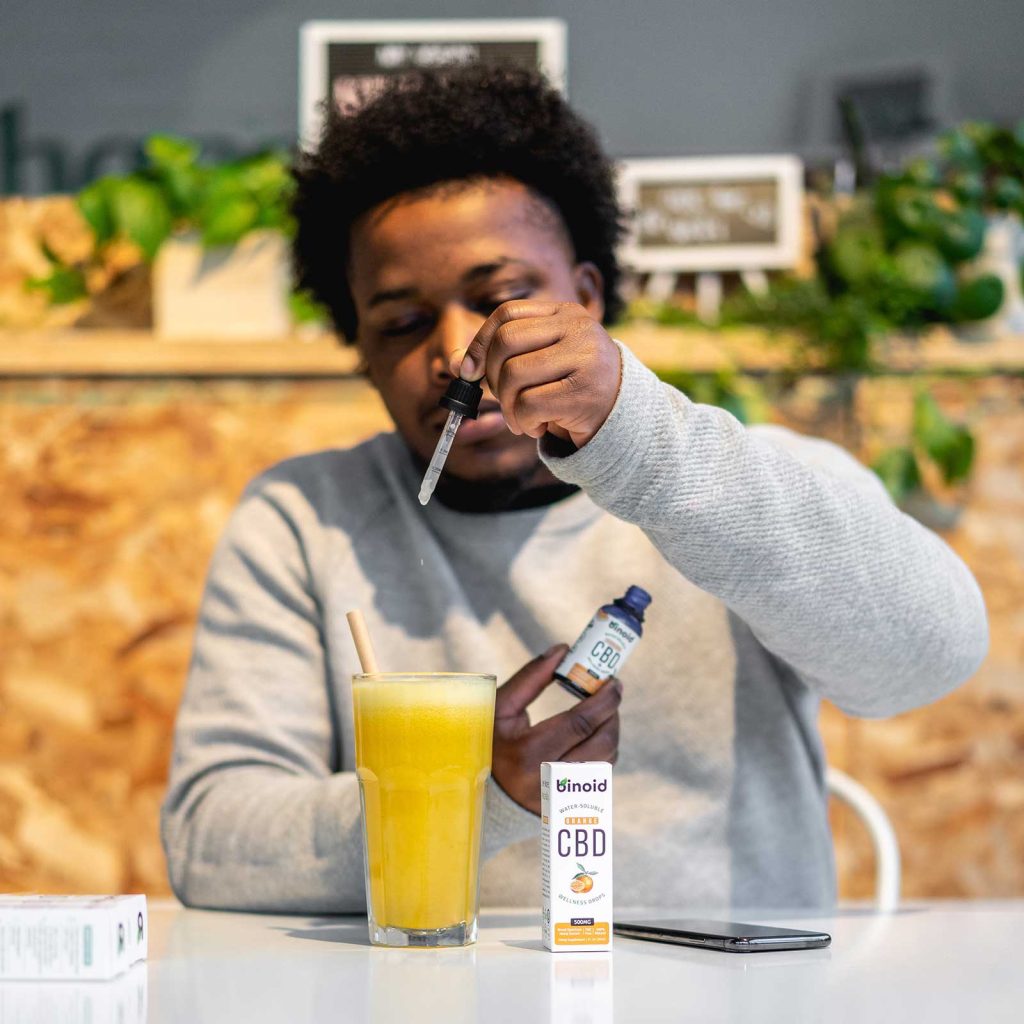
How to consume tinctures
To take sublingually, a user typically uses a dropper to place a desired amount of the tincture under the tongue, where it is absorbed by the blood vessels in the mouth. The effects can be felt within 15-45 minutes. Tinctures can be added to food or drinks, such as dressings, smoothies, or coffee. It’s important to note that when consuming tinctures through food or drinks, the onset of effects can be slower and harder to predict.
Pros of using tinctures
Here are some of the pros of using cannabis tinctures:
- Convenient: Tinctures are easy to consume and easy to store, making them a convenient option for people on the go.
- Discreet: Tinctures can be consumed discreetly, which can be beneficial for people who want to keep their cannabis use private.
- No lung irritation: Consuming cannabis through tinctures eliminates the risks of lung irritation and lung damage associated with smoking or vaporizing cannabis.
Cons of using tinctures
Here are some of the cons of using cannabis tinctures:
- Strong taste: Some people may find the taste of cannabis in tinctures to be unappealing, which can make it difficult to consume.
- Risk of accidental consumption: Tinctures can be confused with non-cannabis-infused food and drinks, which can lead to accidental consumption by children or pets.
Topicals
Cannabis topicals are creams, lotions, and balms infused with cannabis. They are applied directly to the skin to provide localized relief from pain, inflammation, and other conditions. Unlike other forms of cannabis consumption, topicals do not produce the psychoactive effects associated with THC, as the active compounds do not enter the bloodstream. They are also useful for people who want to avoid inhaling smoke or vapor, as well as for people who want to target specific areas of pain or discomfort. However, it’s important to note that not all topicals contain the same ingredients, so it’s important to check the label to make sure it contains the desired compounds.
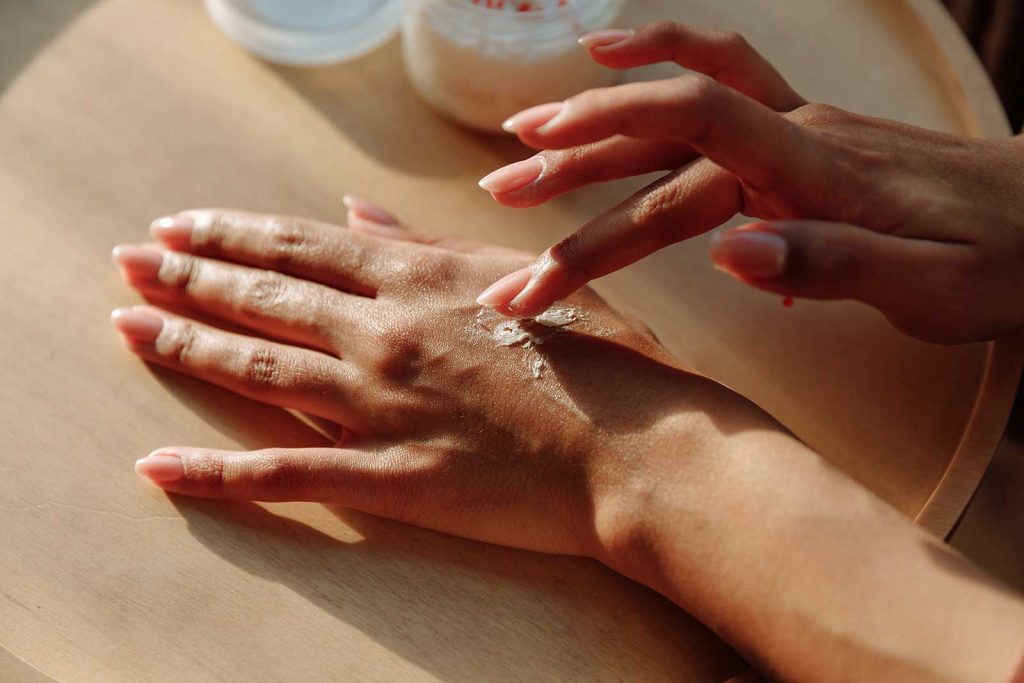
How to use topicals
People use cannabis topicals by applying them directly to the skin on the area of pain or discomfort. They can be applied in various forms such as creams, lotions, balms, and salves. To use a topical, people generally take a small amount of the product and massage it into the skin.
Pros of topicals
Here are some of the pros of using cannabis topicals:
- Targeted relief: Cannabis topicals provide localized relief from pain, inflammation, and other conditions.
- No psychoactive effects: Cannabis topicals do not produce the psychoactive effects associated with THC, as the active compounds in topicals do not enter the bloodstream.
- Avoid inhaling smoke or vapor: Topicals are useful for people who want to avoid inhaling smoke or vapor.
- Easy to use: Topicals are easy to use and apply, and can be used in various areas of the body.
Cons of topicals
Here are some of the cons of using cannabis topicals:
- Limited effectiveness: Topicals may not be as effective as other forms of cannabis consumption for certain conditions or symptoms.
- Cost: Topicals can be more expensive than other forms of cannabis consumption.
- Risk of allergic reactions: Some people may develop allergic reactions to certain ingredients in topicals, such as fragrances, preservatives, and dyes.
Pick the right cannabis product for you
In summary, there are many different types of cannabis products available, including dried flower, concentrates, edibles, topicals, and tinctures. Each type has its own unique benefits and drawbacks, and it’s important to consider these when choosing the right product for your situation.
Dried flower is the most traditional form of cannabis consumption, while concentrates offer a more potent form of consumption. Edibles are convenient, but their effects may take longer to onset. Topicals provide localized relief without psychoactive effects, but their effectiveness may be limited. Tinctures are discreet and convenient, but dosing can be difficult.
Remember that every person’s situation is unique, and it’s important to find the cannabis product that is right for you and your individual needs.

